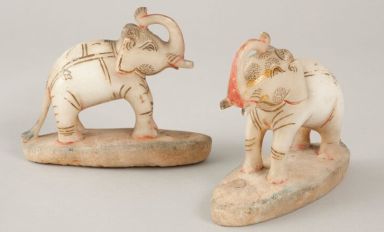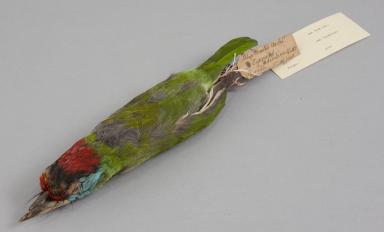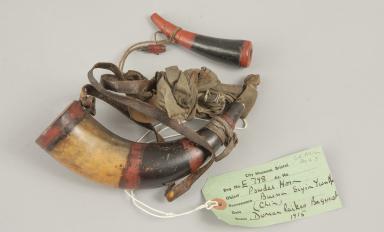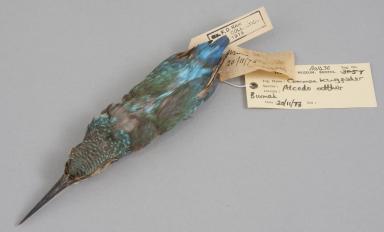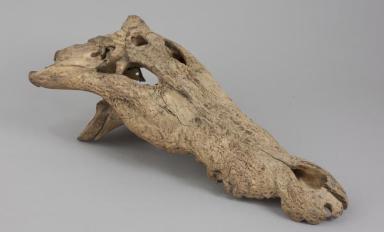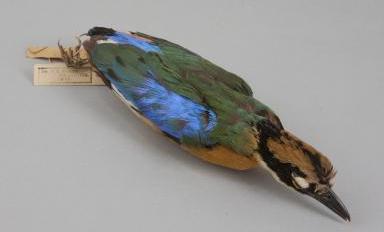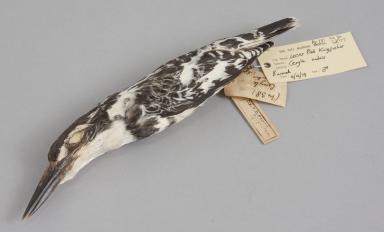
Nature
The collection of Burmese artefacts held in the Museum reveals some of the different interactions that people in Burma had with the colony’s wildlife. The most obvious of these are the natural history specimens, such as the many skins of birds that were shot by British colonial officials-cum-amateur naturalists and brought to Bristol for study and display. But the collection also includes objects that were made from parts of animals. The horns and tusks of large mammals, in particular, were used to make decorative, luxury goods for the
British, Buddhist religious objects, and ceremonial artefacts for the highland ethnic minority Chin peoples, who live in the north of the country. The collection also has items that depict animals and show some of the cultural meanings attached to particular creatures. The artefacts in this section of the exhibition can tell us how wildlife was seen in the age of empire, and indicate some of the ways that empire transformed Burma’s ecology.


